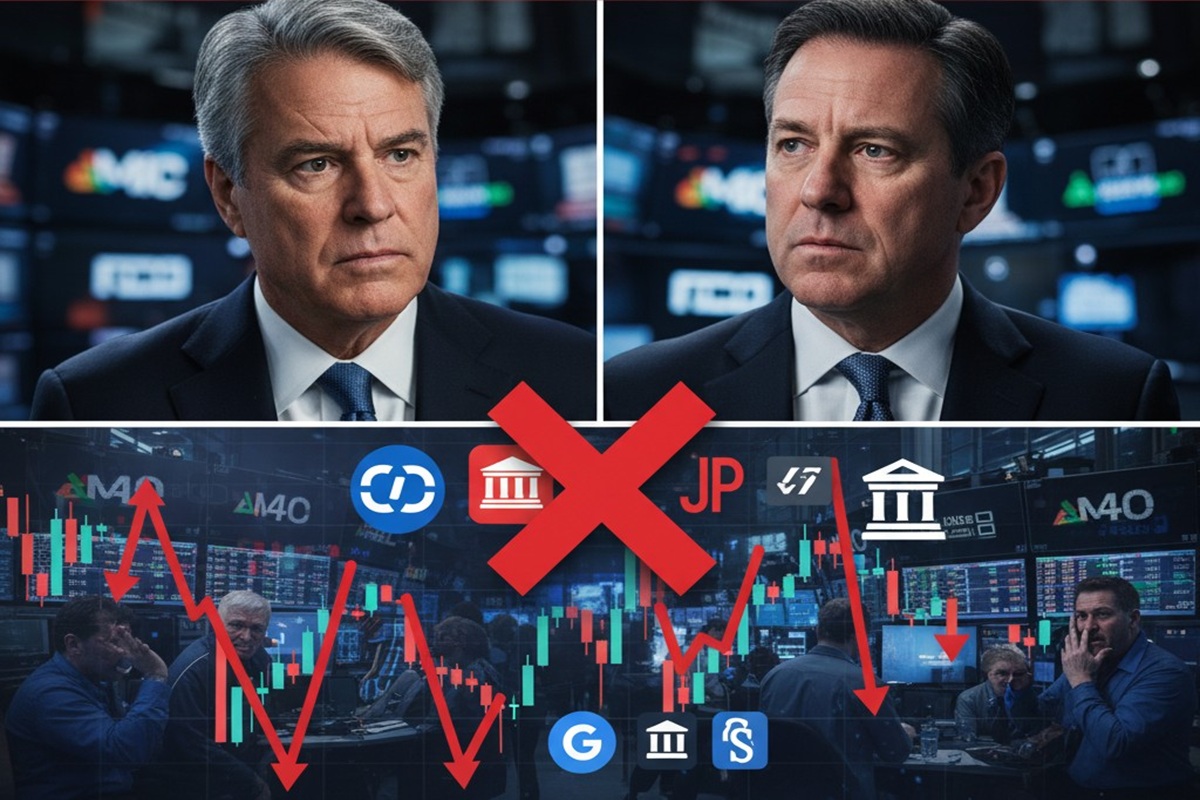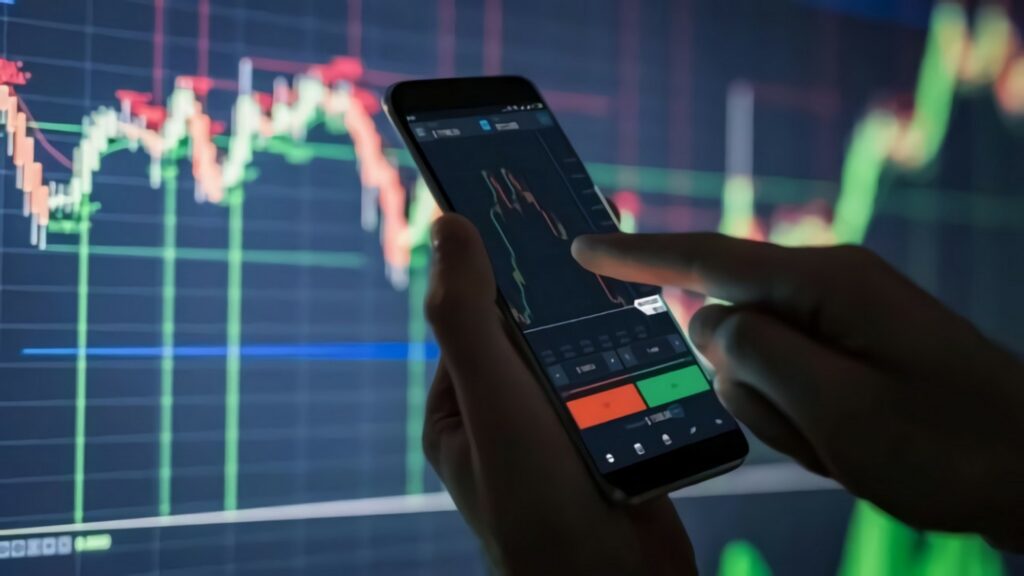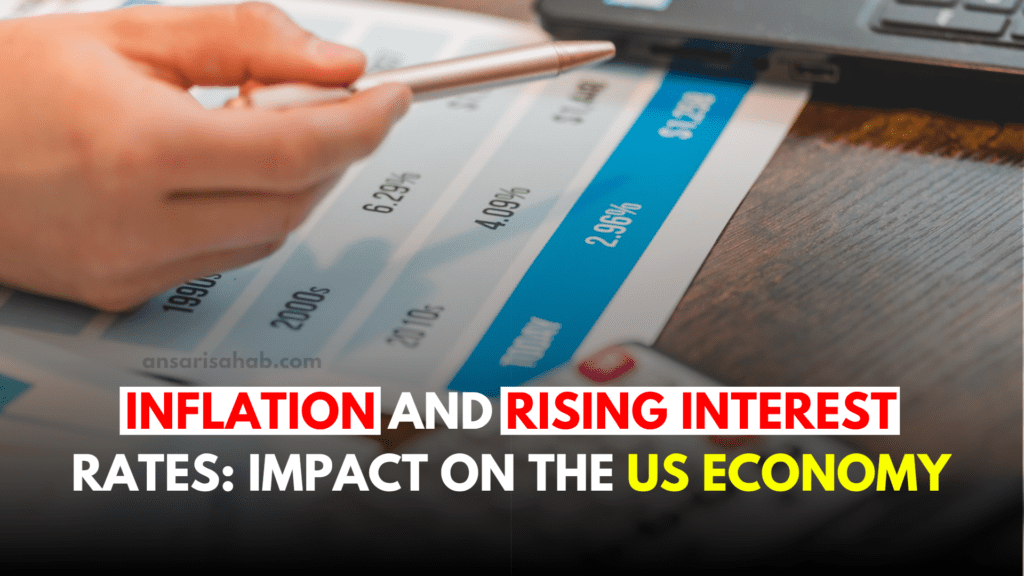New York — A growing chorus of Wall Street executives is warning investors to brace for turbulence. In recent comments, JPMorgan Chase’s Jamie Dimon and Morgan Stanley’s Ted Pick have sounded the alarm on a potential stock market correction in 2025 — forecasting a 10–20% pullback as valuations remain stretched, especially in tech, and banking stocks come under pressure.
Dimon’s Stark Warning: 30% Odds of a Crash
Jamie Dimon, the long-time CEO of JPMorgan, told the BBC that he’s “far more worried than others” about the risk of a steep market drop, estimating a 30% probability of a serious downturn in the next six months to two years.
He cited a cocktail of geopolitical headwinds, softening fiscal conditions, and what he described as overheated AI bets. While he insists AI is “real” and transformative, Dimon warns that a significant portion of current investments may not pay off.
“I think the chance of meaningful losses is significantly underpriced,” he said, arguing that slackening central bank support and global uncertainty could combine to trigger a sharp market repricing.
Ted Pick’s Take: A Correction That Should Be “Welcomed”
At the Global Financial Leaders’ Investment Summit in Hong Kong, Morgan Stanley CEO Ted Pick echoed the concern — but framed a pullback as healthy, not catastrophic.
Pick suggested the market could see a 10–15% drawdown in the coming 12 to 24 months, but clarified that this wouldn’t necessarily stem from a macroeconomic shock. Rather, he described it as a “natural part of the cycle” when sentiment shifts.
His stance builds on that of Goldman Sachs’ CEO David Solomon, who said similarly on the same stage that a 10–20% drop “gives people a chance to reassess.”
What’s Fueling the Warning Signs
Analysts point to several key undercurrents driving the CEOs’ caution:
- Tech Valuations Are Elevated
Stocks exposed to generative AI and high-growth software companies have rallied hard in recent months — but both Dimon and Pick warned that multiples are becoming dangerously elevated, leaving them vulnerable to profit-taking. - Macro Uncertainty Is Rising
Dimon singled out geopolitical risk, militarization, and fiscal pressure as key ingredients contributing to his unusually pessimistic outlook. Global debt loads and central banks’ perceived complacency are among the factors he says investors are complacent about. - AI Is Not All Gold
While Dimon praised AI’s long-term potential, he drew a distinction between foundational AI and speculative bets. He compared today’s hype to the dot-com boom, warning that “some of these things will not work out.” - Market Concentration Concerns
Pick and Solomon both sounded alarms about how narrow the market’s rally has become, with a handful of mega-cap tech names carrying much of the strength.
Broader Market Reaction: Tech Slips, European Indexes Falter
In the wake of these comments, global markets showed signs of stress. Technology-heavy indexes came under pressure, while European equities — including the FTSE 100 — slid.
Some investors interpreted the pullback as more than just softening sentiment. Rather, the warnings from top banking CEOs gave fresh weight to concerns that we may be entering a more severe phase of consolidation.
Why These CEOs’ Views Matter
- Credibility: Dimon and Pick are among the most influential voices in finance. Their warnings reverberate through the market, often prompting institutional investors to reassess risk.
- Counter-Cyclical Insight: Both CEOs are not calling for panic but advocating for a measured, defensive stance — a signal that even insiders see shades of “froth” in the rally.
- Long-Term Play: Their remarks suggest this isn’t an imminent crash, but rather a pullback that could reprice over 12-24 months — possibly giving investors an opportunity to rebalance.
How Investors Might React
Many market participants may take this pullback warning as a cue to:
- Rebalance portfolios: Reducing exposure to highly valued tech or speculative AI plays, while increasing allocations to more stable sectors (financials, industrials, energy).
- Diversify geographically: Some strategists note that markets in Asia could offer relative value as U.S. valuations get more stretched.
- Hedge risk: With correction talk building, hedging tools (options, certain defensive assets) may see more use in portfolios.
A Pullback, Not a Panic
The current rhetoric suggests that market leaders aren’t calling for a crash as much as a healthy reset. Dimon’s 30% “worst-case” risk speaks to his caution, but he hasn’t abandoned his long-term conviction — he still praises AI’s transformative potential.
Pick’s framing of a 10–15% drawdown as “welcome” underscores that, for many insiders, a correction is not a sign of collapse, but part of a natural cycle — one that could clear the way for renewed growth.
As 2025 progresses, how investors interpret this warning — and act on it — may determine whether the next dip in global equities feels like a dangerous retreat or a disciplined recalibration.









